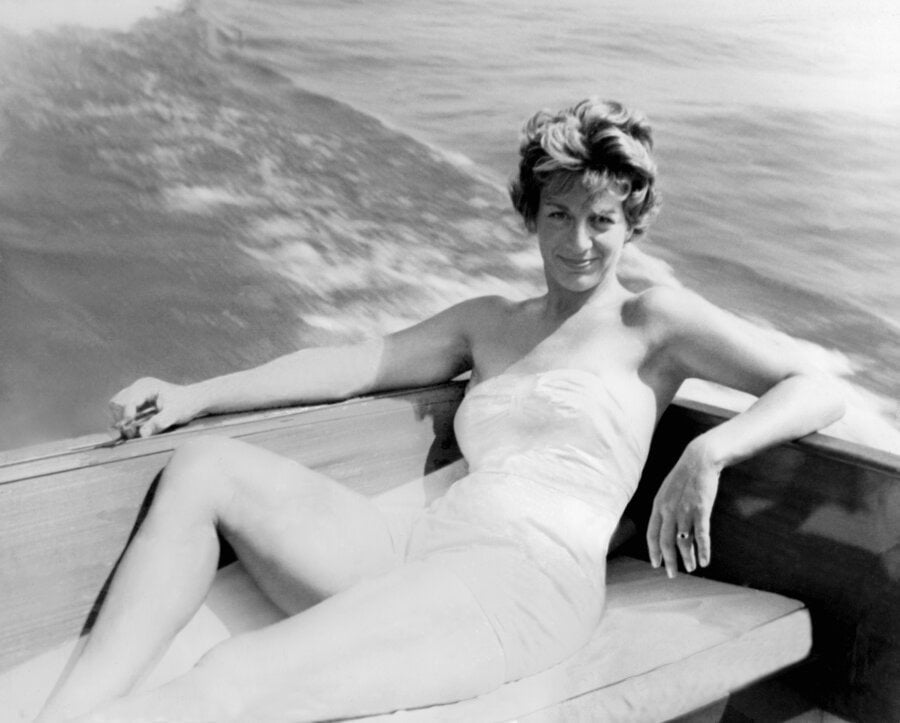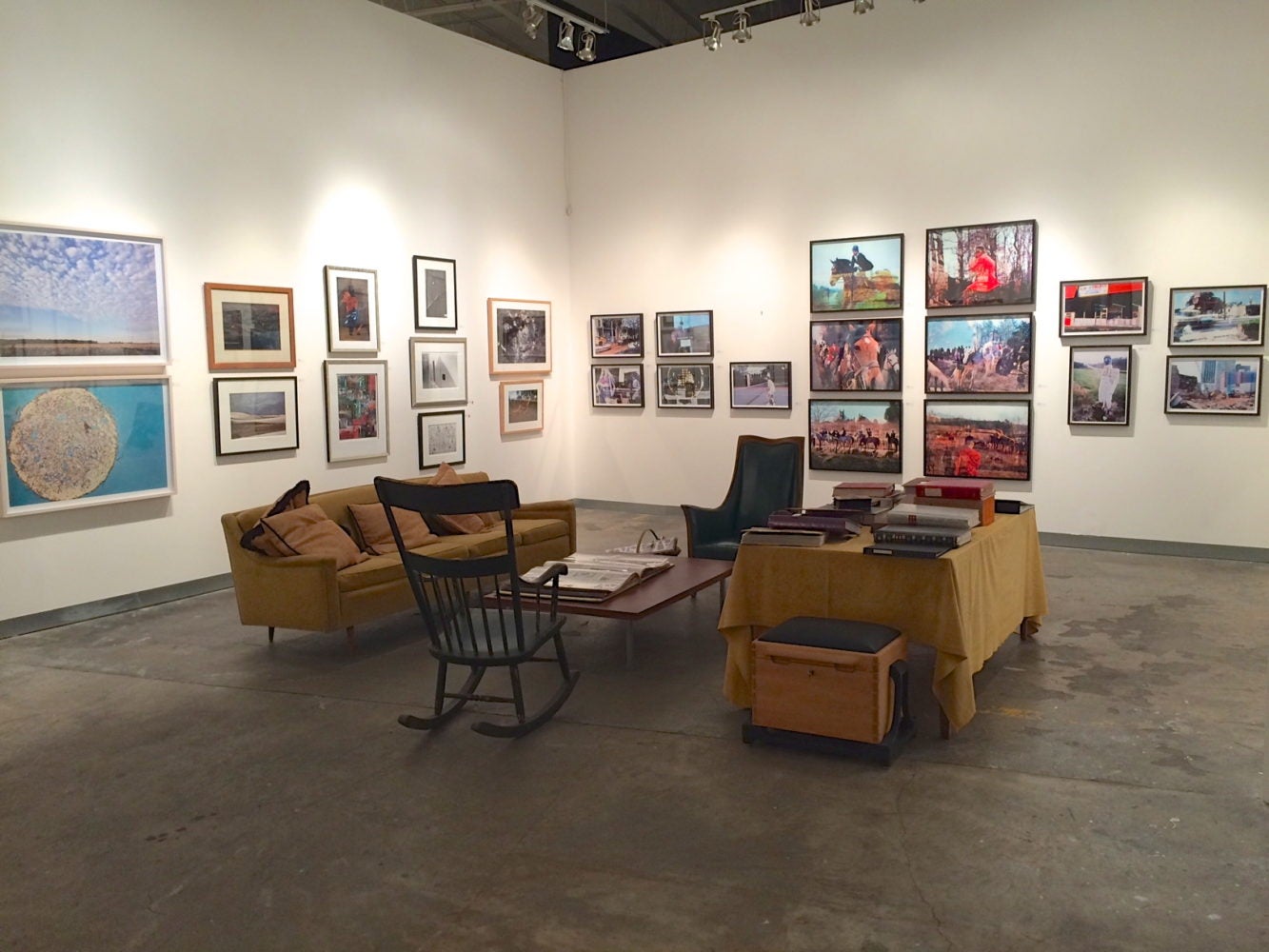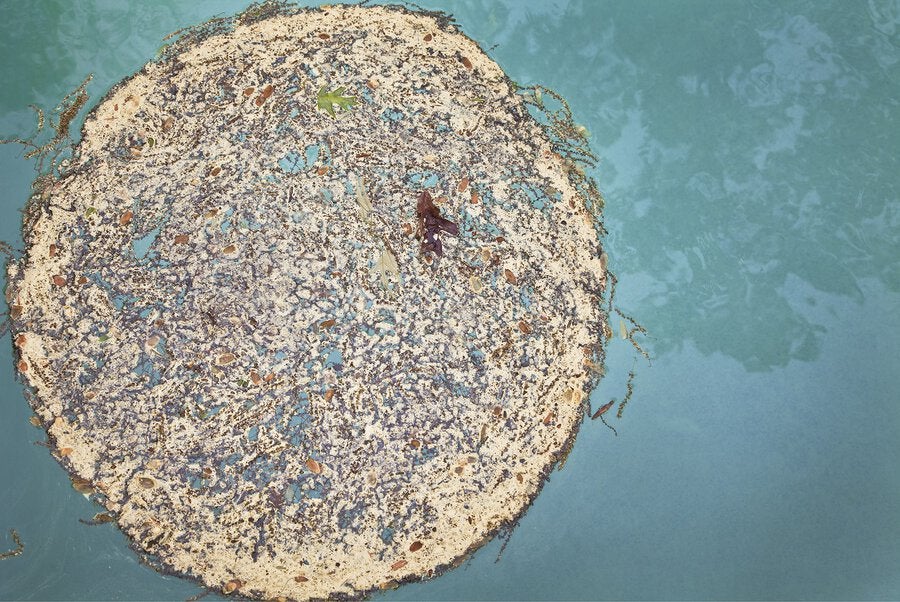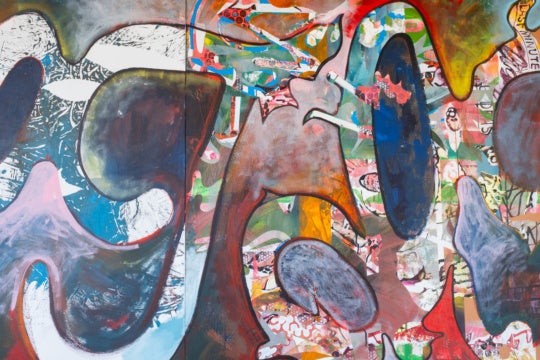
Years ago, I was standing next to Lucinda Bunnen at a crowded Friday night opening at Jackson Fine Art in Buckhead. Lucinda was taking snapshots with her small flash camera. An impeccable, black 1950s-vintage Rolls Royce Silver Cloud pulled up outside, and Elton John, before he was “Sir” Elton John, walked into the gallery followed by his all-male Versace-clad entourage. Mr. John was fast amassing one of the world’s most important private photography collections and stashing it in his digs high above Peachtree Street. He was a very important customer. The room quieted and a pathway opened for the business-faced John to enter the gallery. As he approached where we were standing, Lucinda leaned out into his path, put camera to eye, and BAM, she tripped the flash right in his face. John, looking less than pleased, glanced scowlingly at Lucinda, who seized the moment and, BAM, did it again. Impressed by the size of her balls, I smiled and said: “Lucinda, if looks could kill, you’d at least be walking with a limp.” She smiled back and replied: “In the South we don’t ask for permission, we ask for forgiveness.” That’s Lucinda …
Lucinda is an anomaly, the rare working artist who is part of, and moves easily and assertively among, all stratum of Atlanta’s high social, cultural, and political circles. She has both power and purse sufficient to effect decisions made at high levels. Lucinda has been indeed generous to organizations large and small, but the impact of her years of largesse has never had the magnitude of impact that’s been seen recently at the High Museum. The High’s well-regarded photography curator Brett Abbott has brought new vision, dynamic vitality, and healthy ambition to bear on his photography program, the perfect atmosphere for Lucinda’s generosity. Most recently, she endowed the Lucinda Weil Bunnen Gallery for Photography among the High’s third-floor galleries, where works from the permanent collection is displayed. This gesture ensures that photography from the High’s growing and strengthening collection (at its core: 650 prints gifted from Bunnen’s own stellar collection) will always be on view in prime space. That’s a really big deal for photography in Atlanta. That’s what Lucinda does.
Lucinda loves photography. Her own images can be elegant, sophisticated, or subversive. Her personal experimentation reveals both courage and chutzpa. And even now, into her eighth decade, her very active life still swirls a whirlwind around where she stands, camera in hand, at the center of the cyclone.

Lucinda’s show at Mason & Murer is an experiment, an attempt to order, or reorder, her visible life. To make some sense of this seemingly disorganized exhibition, it’s helpful to know some of the things I’ve just told you. Otherwise the gallery can begin to look like a group show where all of the work is done by the same person, which it kind of is. I mentioned the many circles Lucinda travels in; well, she does photography in each of them, but not necessarily the same kind of photography. Some of her work is poetically personal; some, socially personable. The prints on the walls are intended to be seen as highlights from various randomly shuffled artistic periods (though I’m not sure where the snap of Jimmy Carter playing tennis fits in).
Lucinda isn’t afraid to try things (her upcoming show at Marcia Wood features prints from vintage slides intentionally left out in the rain for weeks). In this gallery, we are presented with a salon-style array that includes furniture from her home, favorite black-and-white and color prints in a variety of sizes, frames, and subjects, and from a variety of decades, though it’s hardly a retrospective. On the coffee table are numerous photo albums filled with snapshot evidence of an active and curious life fully lived. Among the mostly facial close-ups we find Mayor Reed, Usher, Bill, Hillary and Chelsea, familiar artists of all stripes (I’m in there), democrats, liberals, business and arts leaders, shakers and movers all. They are a “who’s who” and “who was” in Atlanta’s creative community during the late 20th and early 21st centuries.

On another table are open boxes of 4-by-6 snapshots, thousands of them, from her many trips abroad, free for the taking. Like one, take one. There is a decidedly un-precious tone about this show; a cross between a visual memoir and a yard sale. Open an album, any of them. If you drill down it brings to mind Dorothy in the Wizard of Oz, trapped in a spinning prairie twister, looking from her bedroom window at pieces of her life as they fly by only to be swallowed up by the passing maelstrom. Lucinda’s many images in her many albums and many boxes are pieces of her life being left to be scattered to the Four Winds by whoever passes by. It’s a lovely gesture.
The exhibition was developed jointly by Lucinda and her assistant, 28-year-old SCAD grad Matt Terrell [a Burnaway contributor]. The risk in this kind of show is that the disparate tenor of the images can dilute the strength of the strongest images by putting them in proximity to the ordinary. Of course little in Lucinda’s life is ordinary ordinary.




